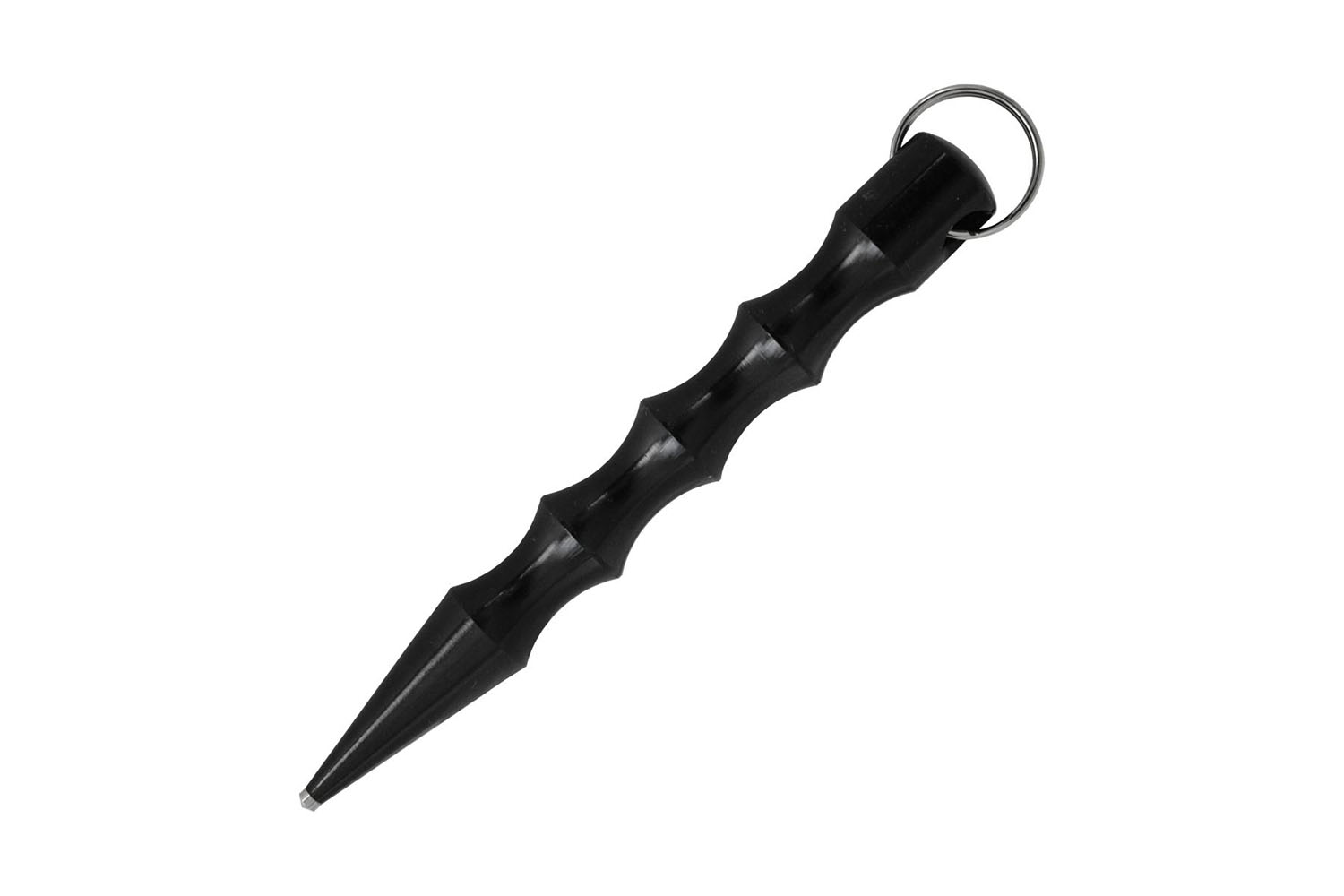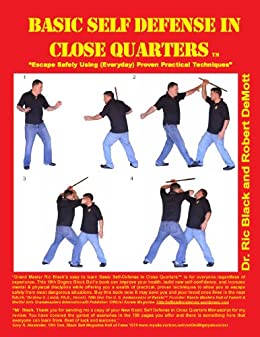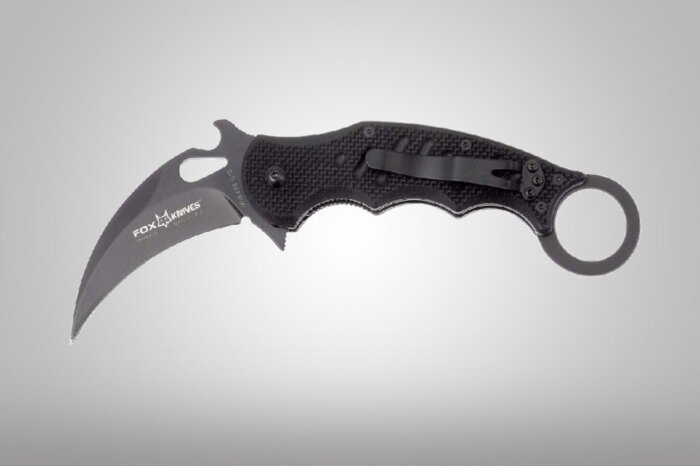
Cold Steel throwing knives come with a paracord grip and a nylon sheath. Even though the latter may seem redundant to casual knife-throwers, it's an important feature that people who love throwing knives will appreciate. Also, you should look for knives with a lanyard hole. This feature can also be useful for competition throwers.
No-spin technique
The no-spin cold-steel knife throwing technique requires that you know how to draw and hold the knife with both of your hands. To throw the no-spin cold steel knife, your right arm must be lifted with the knife resting on your head. Next, shift your weight to your left foot. Begin by lowering your right arm. Then, move your index finger towards the target. Continue to do this motion until the knife is released.
The no-spin approach is great for short-range throws. The distance and spin can be adjusted automatically and the knife can be used to throw overhead or underarm. Timing is crucial to your success. The knife must be released at the right time.

420 stainless steel blades
Because it is low in carbon, 420 stainlesssteel is a popular choice with knife throwers. This low carbon content makes the blades of 420 stainless steel incredibly soft. This type of steel has a downside: it must be sharpened frequently. However, it does have some benefits, including its high resistance to corrosion and rust. It is also the best choice to make diving knives. The lowest carbon steel, 420J steel, is also the most resistant to rust.
Stainless steel is a great choice due to its resistance to corrosion and affordability. It's also very strong and durable. In addition, 420 stainless steel is also easy to sharpen.
Wrappings of Paracord
Paracord handles for cold steel knife throwers can be wrapped in lightweight nylon ropes. They are used widely by civilians, the military, law enforcement, as well as civilians. They improve grip by providing traction to large knives' handles, making them easier to throw and control. Paracord handles are usually wrapped in cordura nylon fiber, and come with a sheath. The sheath lets you carry your throwing knives in a pocket or on a belt.
Longer handle
Handles are crucial if you plan to throw knives at a target. The Cold Steel family of knives is among the best, but it is not the only option available. Cold Steel also makes the True Flight Thrower, a competition thrower that has a similar style and construction. This thrower also comes with a composite handle made of plastic. It measures 9 inches in diameter and weighs 15.4 pounds.

The best way to choose a throwing tool is to consider your level of skill and personal preference. Many throwers prefer to have several knives. This reduces the amount of trips to the target. A six-blade knife is a good choice for any level of thrower, but you might have to grind it down to a more rounded tip.
Sharp blade
Many of the most expensive knives have broken tips. However, you can repair them with a file. The cheaper knives are generally better throwers. They are easier to control because they have a lighter and smoother blade. They are ideal for both no-spin and rotational throwing. They are also less intimidating than newcomers.
For improved performance, some knives have a hardened blade. Cold Steel Perfect Balance thrower draws inspiration from a 1950s classic. The blade of the Cold Steel Perfect Balance Thrower hits hard and penetrates targets efficiently. This perfect thrower is made with a sharp blade and 1055 Carbon Steel construction. It can be replaced and used as a survival knife.
FAQ
Do stun guns hurt people?
You're not wrong. A stun gun is a device that injects small amounts of current into the skin.
This doesn't mean that you will suffer permanent damage.
Which is the best method of self-defense?
Pepper spray should be carried by every woman at all times. If you are ever attacked by someone more powerful than you, you should immediately use the pepper spray. It could save your own life.
Women should also learn to kick effectively. Kicking is a good method to defend yourself against an attacker.
Are there legal requirements to own a stungun?
In some states, you must show proof of training before you can own a stun gun.
Some states require stun guns to be registered with the police.
Other states require that you notify law enforcement authorities whenever you move.
What are some self-defense tips for women?
Self-defense requires you to be able react quickly to any situation. You must be prepared for everything.
Train with friends is one of your best options. Partnering with a friend will enable you to practice together, and improve your technique.
Another tip is to practice with something heavy. If you are attacked, you'll be more likely to hit your attacker hard if you are holding something heavy.
What does an attacker do with a stun gun?
A stun gun uses electricity for incapacitating someone. The electric shock causes muscle contractions that prevent them moving. They can't fight back.
Stun guns usually work best when used on the neck or head area.
A stun gun can be used in the most common manner: shoot at the body of the victim until they are unconscious.
Some stun guns make high-pitched sounds that scare off attackers. These stun guns are known as TASERs.
Where can I find a stungun?
There are many places where you can purchase stun guns.
You can search online for Amazon.com, eBay, Walmart, and many other stores.
You can also visit brick and mortar stores such sporting goods stores, hardware shops, etc.
How much does it set you back to take a self defence course?
There are many self defense courses. The price varies depending on where you live and whether you attend in person or online.
Some schools charge $50 per month while others charge as high as $200.
Local community centers are a great option if you are looking for an affordable alternative. These centers often offer self-defense lessons for free.
Statistics
- Kung Fu alone has 400 unique martial art styles – and whilst you likely won't be able to find a school for each form, many other martial arts are completely different altogether. (budodragon.com)
- The Rape, Abuse & Incest National Network reports that 70 percent of sexual violence cases aren't committed by random strangers in a dark alley but by people we know: friends, family, partners, co-workers, etc. (healthline.com)
- Most likely, the person will want some kind of boxing match, so if you can out-box them, this would be 100% ideal for survival. (budodragon.com)
- Some people walk into a gym thinking they are going to become the best by training whenever they like and not putting 100% effort in. (budodragon.com)
External Links
How To
How to Survive an Invasion at Home
Home invasion is terrifying, especially when you have kids. We didn't expect to live through home invasion when we started our journey with installing a home security system. Here's what we've learned so far.
-
You must not allow your kids to see the attackers. Two men broke into the house while our children were sleeping upstairs. We kept them downstairs till the police arrived. They didn't harm our kids, but it was enough to traumatize them.
-
Lock up all valuables. In our bedroom, we keep valuables safe. Even if someone attempts to break into your house, they won’t be able access it.
-
Keep an Eye out for Burglars. Our neighborhood is known for its high number of burglaries. We always keep an eye out for suspicious vehicles and people.
-
Have a Backup Plan. Our family will be financially protected in case anything happens. If necessary, we have a plan for leaving the country.
-
Prepare. Be prepared in case you are ever forced to defend your own life. Make sure you have food, water, and other supplies ready.
-
Call 911 first. Call 911 immediately after finding out someone is breaking into your house. It is better than waiting for authorities to knock on your door.
-
Use Common Sense. Don't let anyone inside who doesn't belong there. Also, don't invite strangers to come over.
-
Ask for help from your neighbors or other people in the area. Call neighbors or friends if you feel unsafe. They can be there to help you while you call 911.
-
Be calm and follow the instructions of police officers. Be calm and do what officers tell you to. Do not run or resist arrest.
-
Take pictures of any evidence. Take pictures of any evidence found during the investigation. This includes fingerprints and blood samples.
-
Local Law Enforcement. Even if you are not the victim, it is a good idea to file a report with local law enforcement. You may be able to prevent other crimes.
-
Contact your Insurance Company immediately. Your insurance company should be contacted immediately. Tell your insurance company everything that has happened, and ask them to send an adjuster.
-
You must get rid of personal belongings. Before you leave the scene, remove personal belongings. If you're wearing expensive jewelry, take it off and put it somewhere safe.
-
Make sure you take care of yourself. Clean up after yourself. Take out the trash and break glass and lock all doors and windows.
-
Talk about What Has Been. Do not talk about what happened to anyone. You never know who may try to use this information against or against you.